
On October 9, China’s Ministry of Commerce announced new export licensing regulations for rare earth materials, prompting global manufacturers to reassess their supply dependencies.
This change has particularly affected the semiconductor, defense, and clean energy sectors, as companies strive to understand the new compliance requirements.
Dependency Reality

According to Reuters, China processes over 90% of the world’s rare earth elements, which are essential for various technologies. The US imports approximately 78-96% of its rare earth materials from China, creating significant supply chain vulnerabilities across technology and defense sectors.
Consequently, even minor export restrictions can disrupt the production of smartphones, electric vehicles, and defense systems, highlighting significant supply chain vulnerabilities.
Strategic Foundation
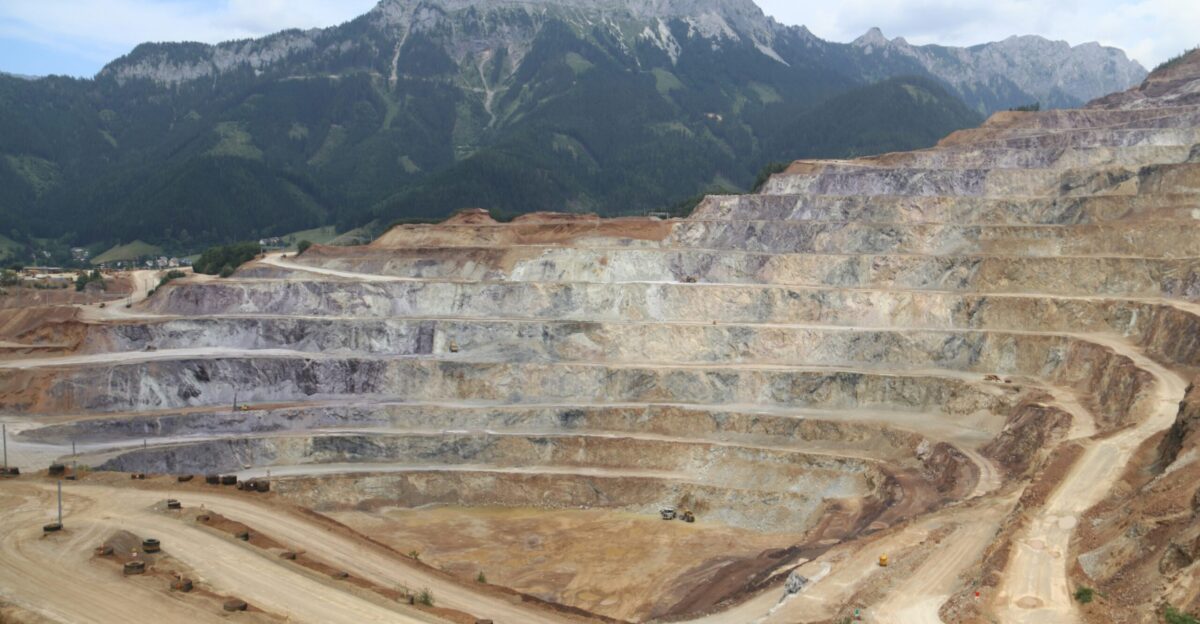
China has established its dominance in the rare earths market over the past few decades by heavily investing in mining and refining infrastructure, whereas Western countries have outsourced production.
By 2025, it is projected that China will control about 69% of global mining and 90% of rare earth processing capacity.
Tit-for-Tat Escalation

In response to U.S. semiconductor export controls, China restricted the export of seven rare earth elements in April 2025.
By October, this restriction expanded to include five more elements and associated processing technologies.
The Regulatory Bombshell

On October 9, China’s Ministry of Commerce announced export controls on rare earth elements, including holmium, erbium, thulium, europium, and ytterbium.
Beginning December 1, 2025, foreign companies using these materials or technology must obtain export licenses, regardless of whether they involve a Chinese company.
Defense Denial

US defense contractors face strict export restrictions, as China plans to “generally deny” export licenses to foreign defense end-users.
This action limits access to vital materials needed for F-35 fighter jets, missile guidance systems, and naval propulsion technology.
White House Response
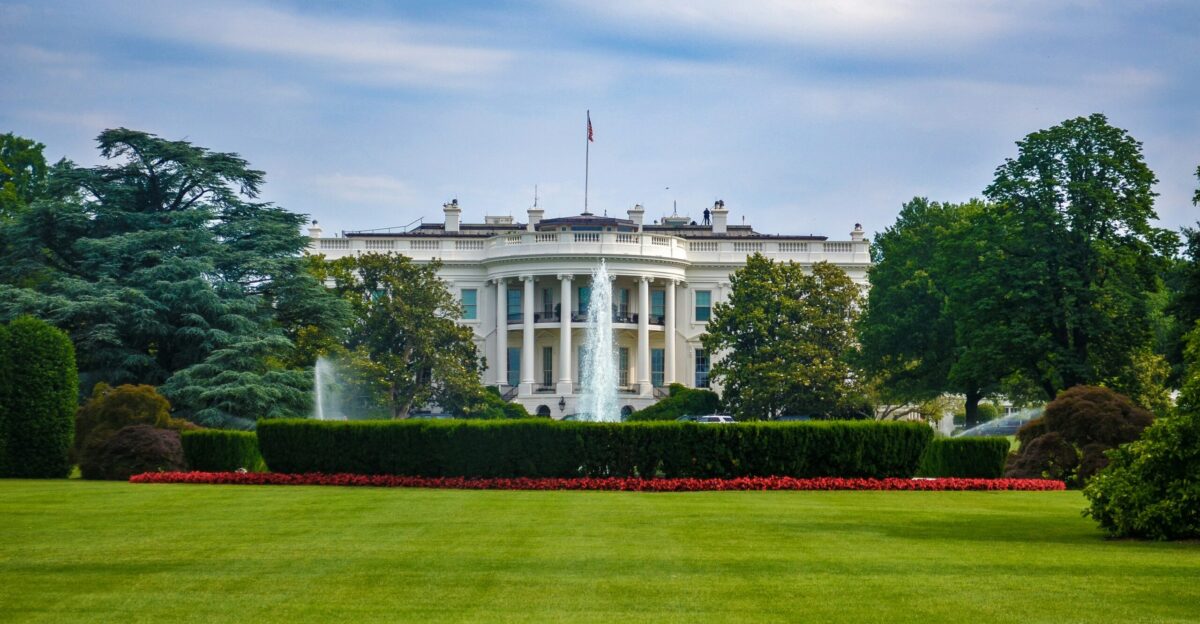
“We are closely assessing any impact on supply chains,” said the White House following China’s announcement. Industry executives have expressed urgent concerns regarding the continuity of production, particularly in the electric vehicle sector.
Some automakers are proactively exploring alternative sourcing strategies for essential components to mitigate potential disruptions.
Market Reaction
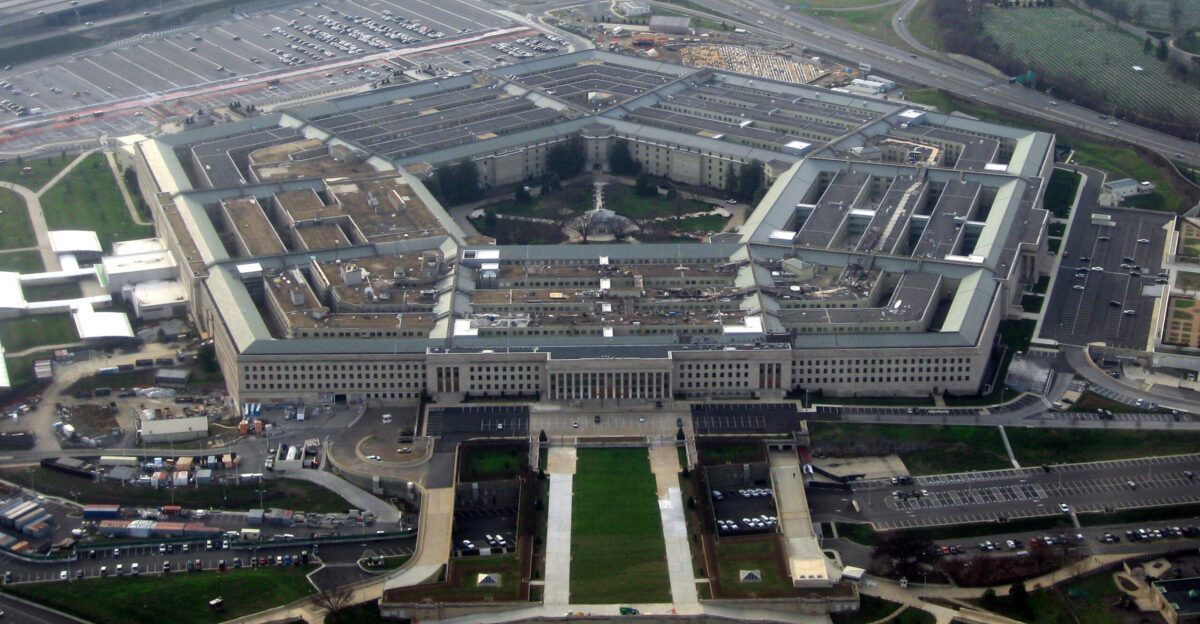
MP Materials saw a 17.9% increase by early October, fueled by the Pentagon’s $400 million investment in July.
This has led to growing investor interest in non-Chinese rare earth producers, such as Lynas and Energy Fuels, as supply chain diversification efforts intensified following recent announcements from China.
Extraterritorial Reach
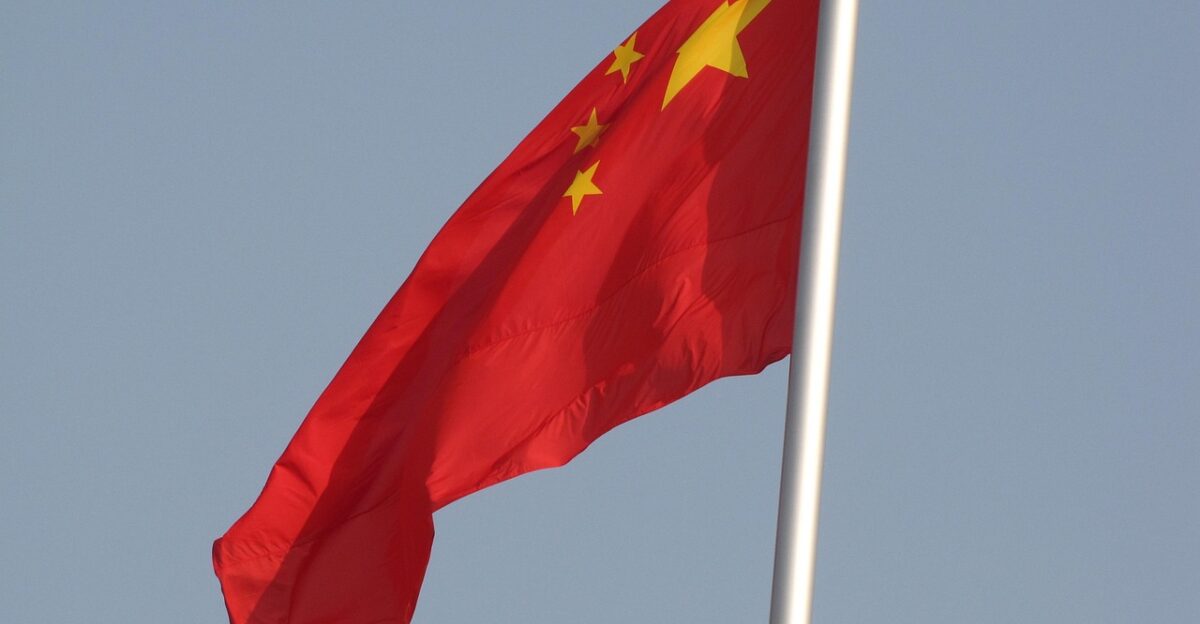
The “foreign user” clause marks a significant increase in China’s export control measures. Under this regulation, any company worldwide that utilizes more than 0.1% of Chinese-origin rare earth elements must obtain approval from Beijing before exporting finished products.
This policy effectively extends China’s regulatory jurisdiction over rare earths to a global scale.
Processing Chokepoint
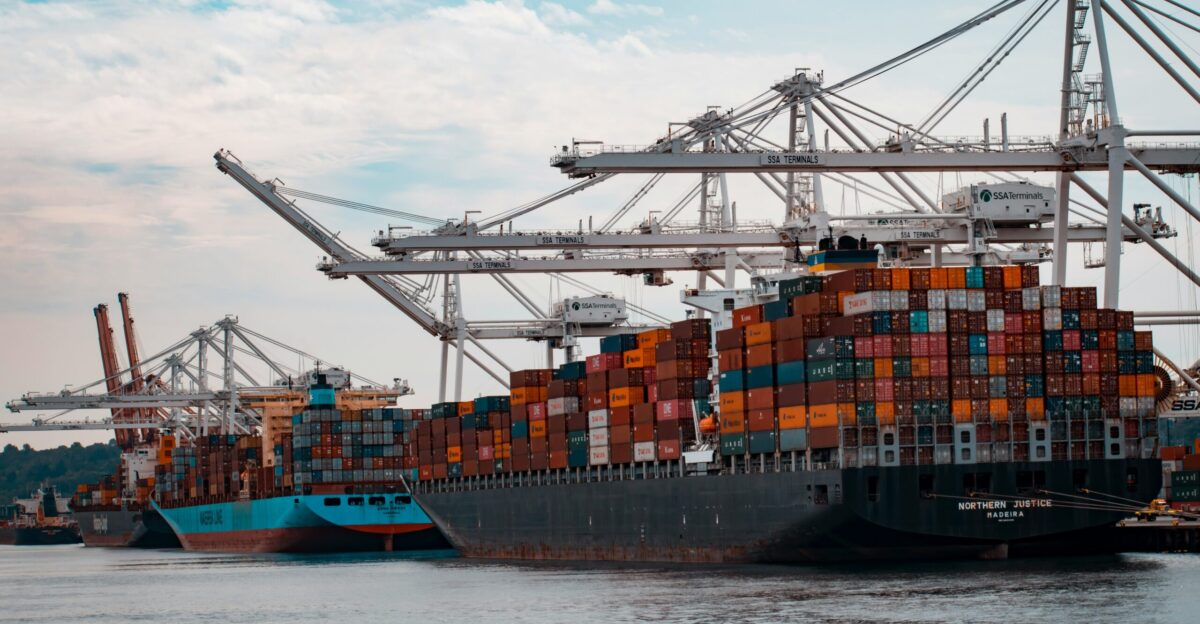
China’s control over the rare earth elements supply chain extends beyond just raw materials; it also includes crucial refining technologies and processing equipment.
This comprehensive control poses a significant challenge for other countries attempting to establish their own independent rare earth processing capabilities, thereby ensuring that China maintains a technological advantage throughout the entire supply chain.
Industry Pushback

Chinese officials reportedly expressed concerns about economic backlash from overly restrictive controls that could damage domestic processors by shrinking their customer base.
Export-dependent regions, such as Inner Mongolia, face potential revenue losses due to a decline in foreign demand.
Pentagon Partnership
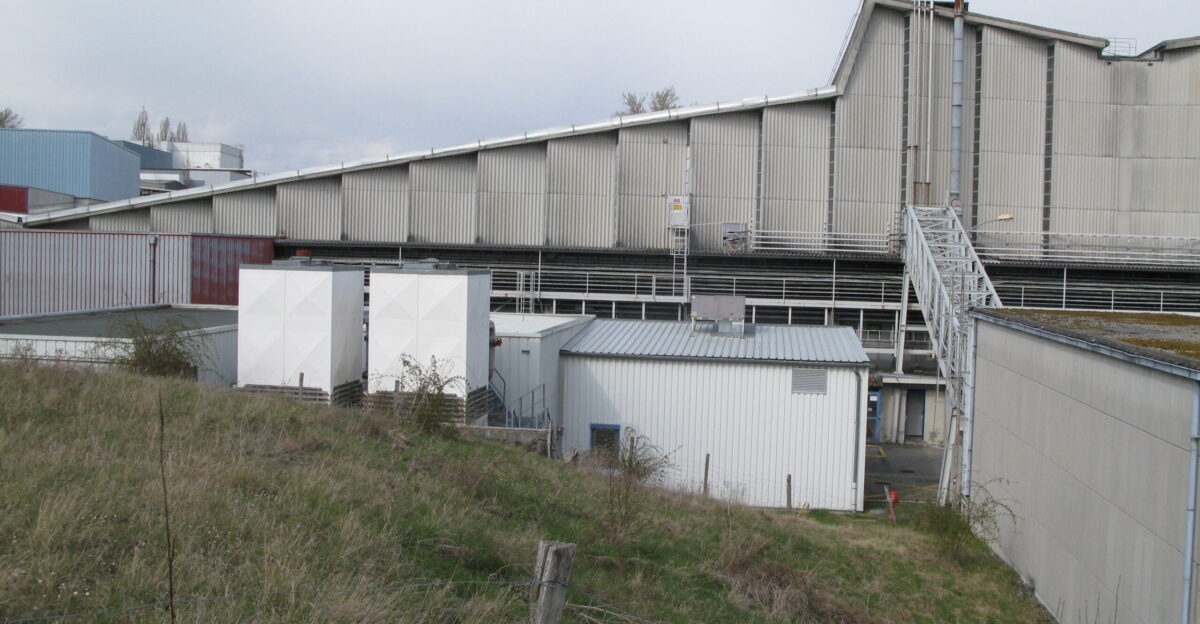
The US Department of Defense is currently MP Materials’ largest shareholder through the aforementioned $400 million equity investment in July.
The deal includes a 10-year purchase guarantee and $110/kg price floor for neodymium-praseodymium oxide, securing domestic magnet production capacity.
Capacity Timeline
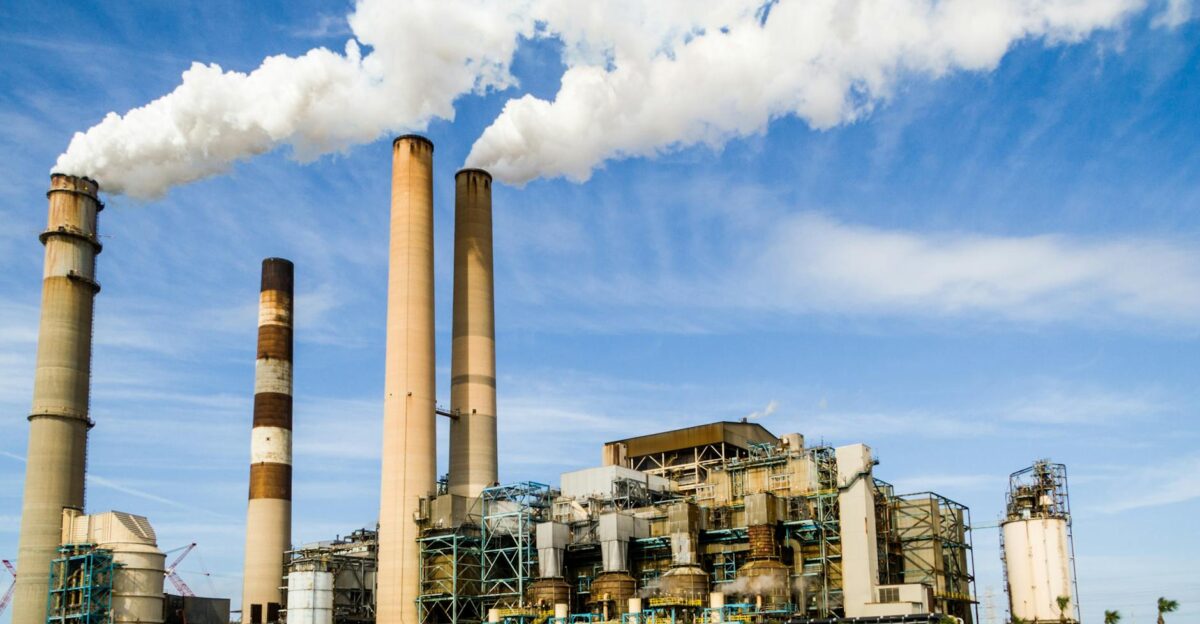
Building rare earth processing capacity outside China requires extended timelines measured in years.
MP Materials anticipates that its second magnet facility will be operational by 2028, achieving an annual capacity of 10,000 metric tons. Current non-Chinese production accounts for less than 1% of China’s total of 138,000 metric tons.
Analyst Assessment

Industry analysts noted China isn’t imposing total bans but rather implementing case-by-case semiconductor reviews and licensing requirements as leverage tactics.
Defense applications face near-certain denial, though other sectors may receive approval under Beijing’s new framework.
Summit Stakes
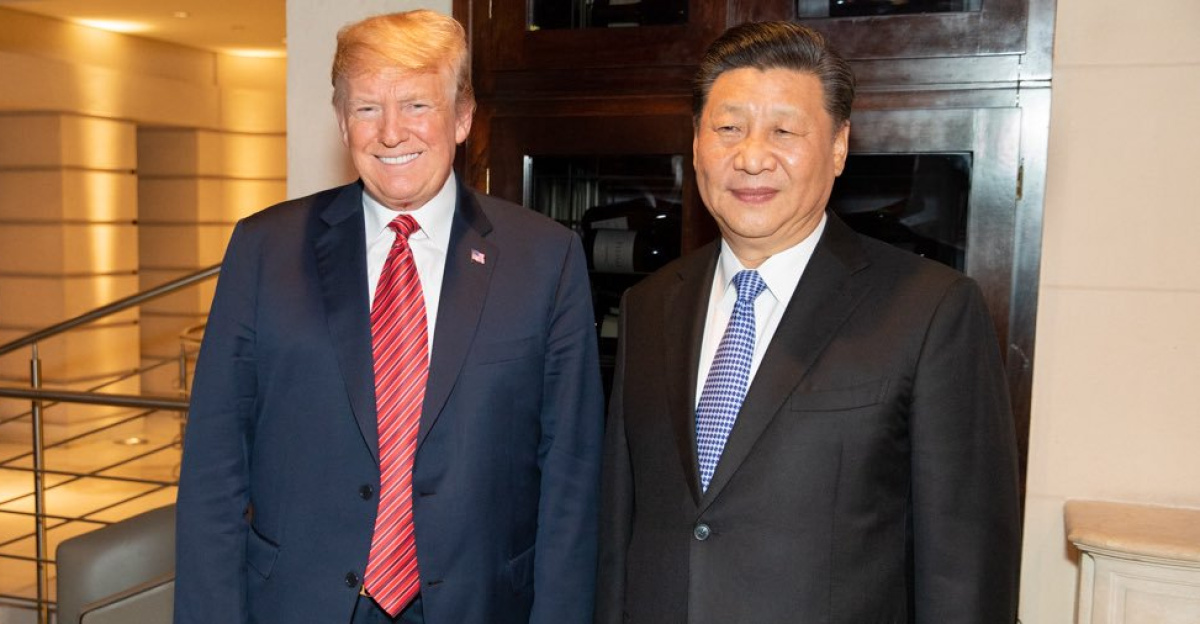
These controls precede the anticipated Trump-Xi meeting at the Asia-Pacific Economic Cooperation summit in South Korea later this month.
The timing suggests Beijing views rare earth restrictions as bargaining chips in broader trade negotiations.
Congressional Response
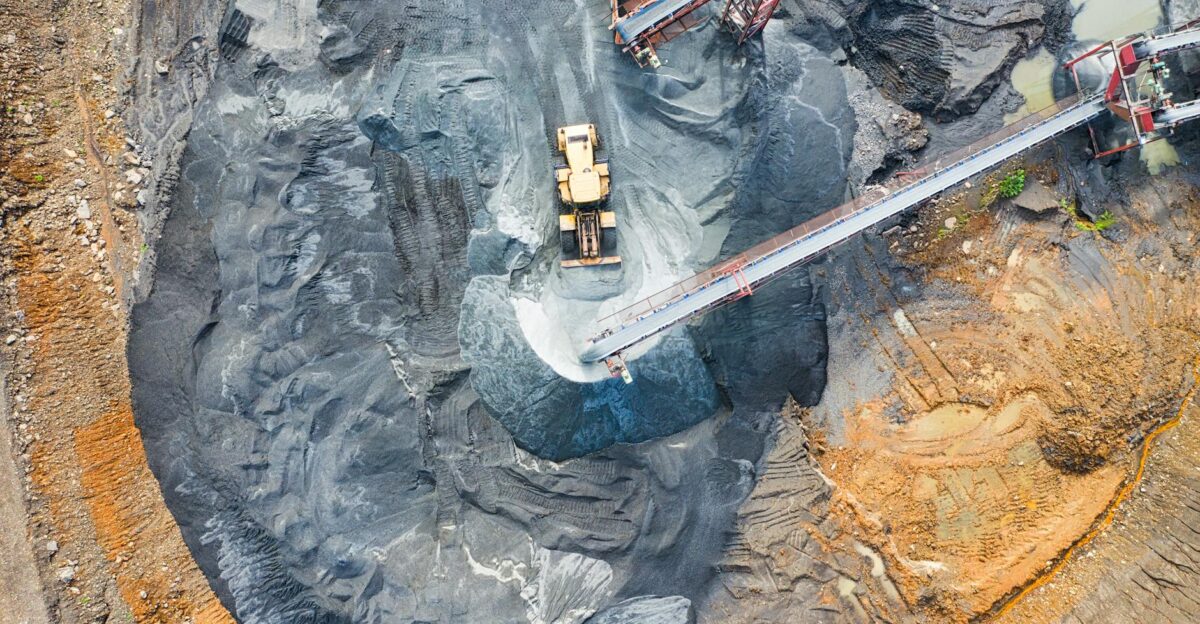
Pentagon officials accelerated funding for rare earth magnets and signed expanded offtake contracts with domestic producers.
The Defense Production Act has allocated over $439 million since 2020 to companies such as MP Materials and Lynas USA for developing mine-to-magnet capabilities.
Allied Coordination
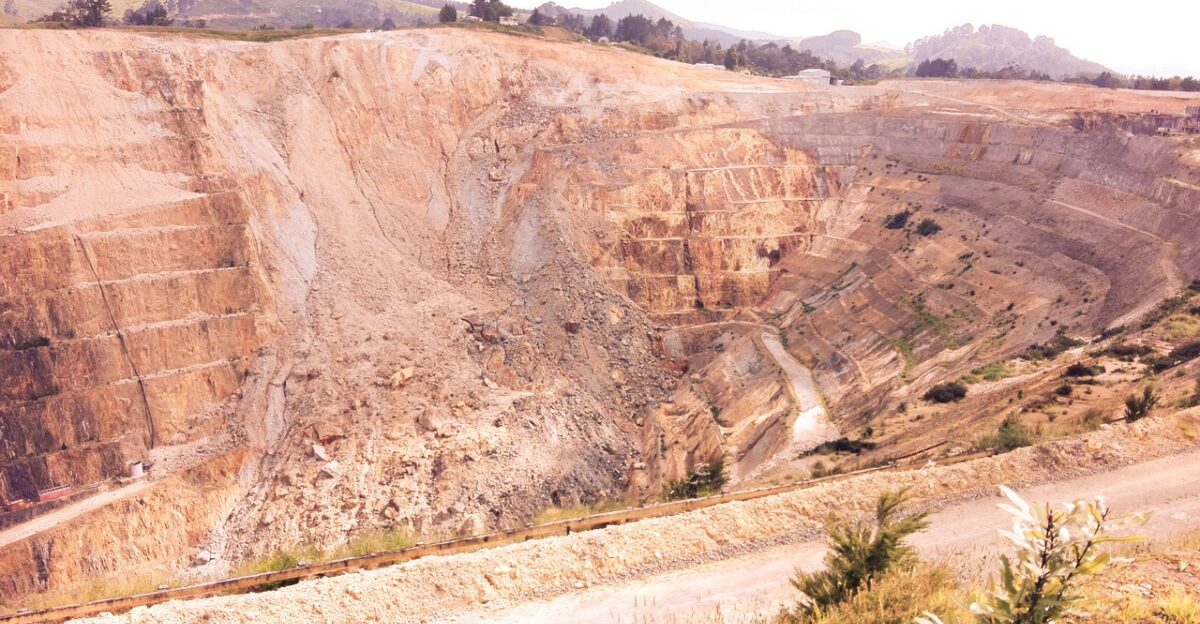
Japan maintains strategic rare earth stockpiles through JOGMEC, aiming to secure a 60-180 day supply of critical minerals.
South Korea has faced pressure from China not to supply rare earth products to US defense firms, highlighting regional supply chain vulnerabilities amid the new export controls.
SWTO Precedent
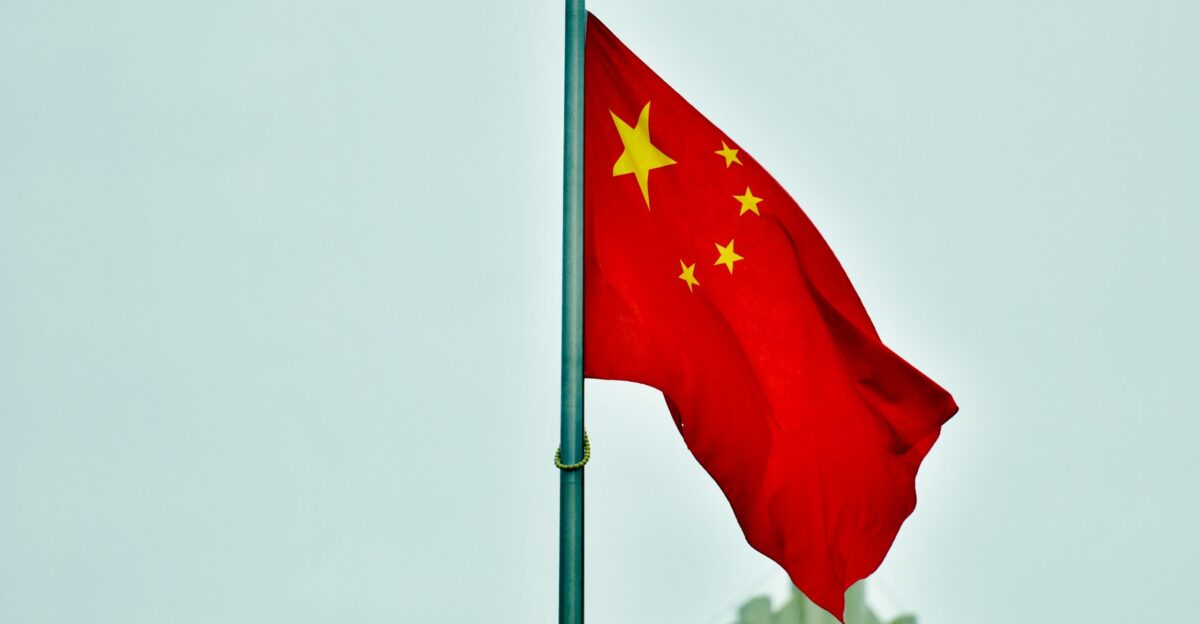
China’s current approach mirrors its 2010-2014 rare earth export quotas, which the WTO ruled violated trade agreements.
China complied with that ruling but now uses licensing systems instead of quotas, potentially skirting WTO restrictions through “national security” justifications.
Environmental Constraint
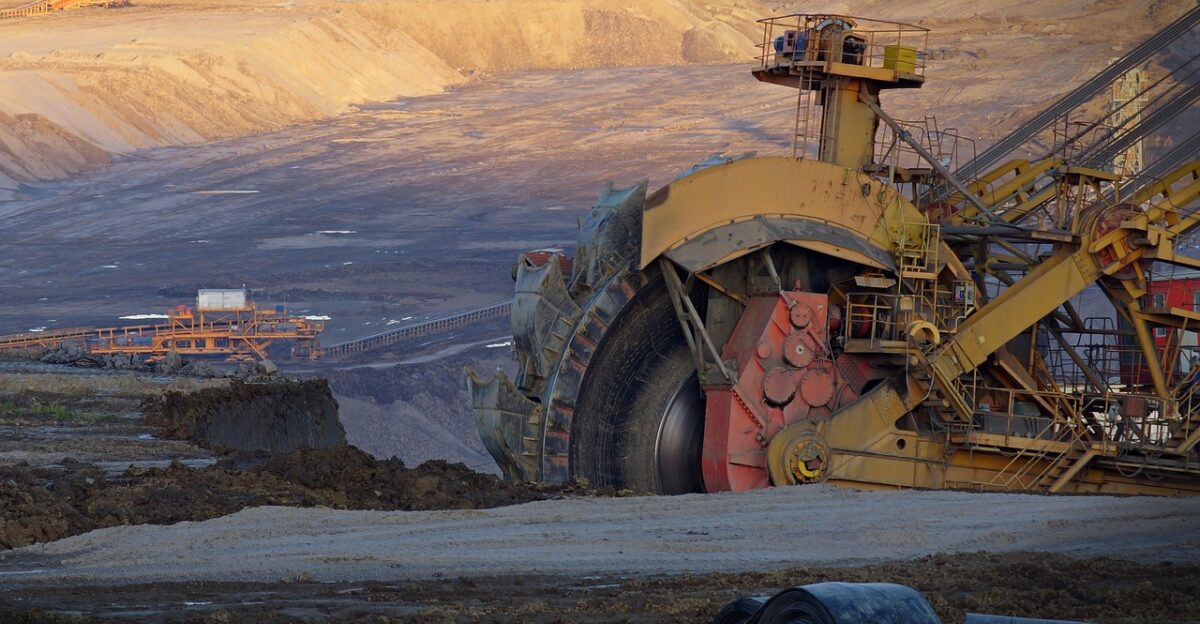
Western rare earth projects face significant environmental permitting challenges.
Processing generates radioactive waste and toxic byproducts, creating community opposition that has delayed projects like Lynas’ proposed Texas facility, forcing reliance on existing Malaysian operations.
Strategic Independence
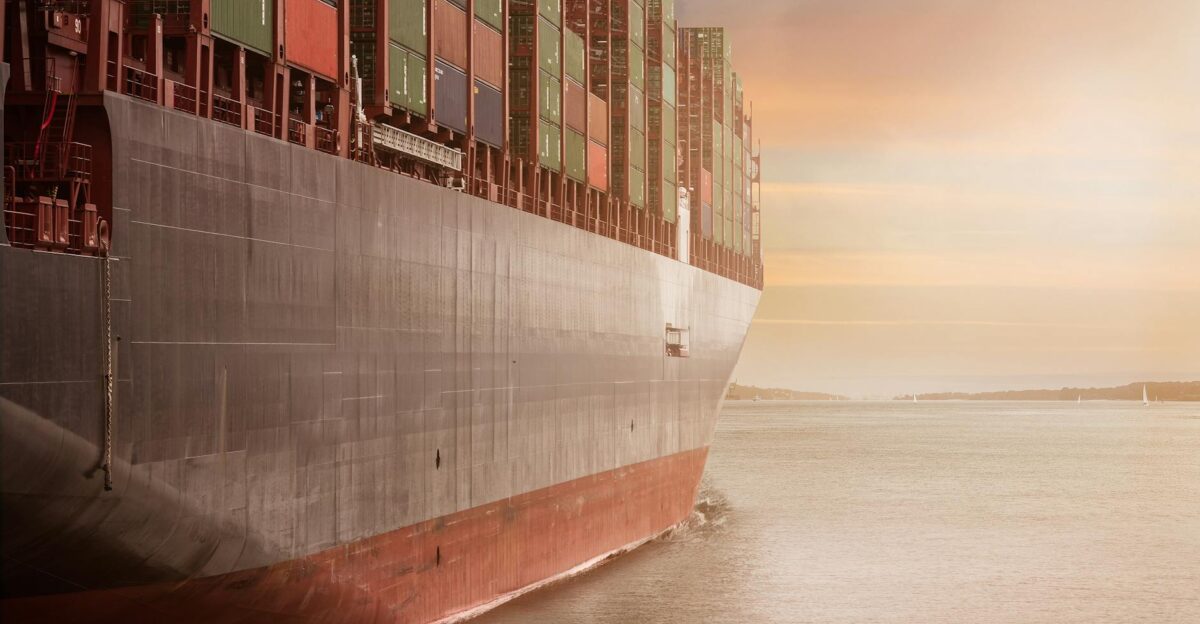
Neha Mukherjee, a rare earths analyst at Benchmark Mineral Intelligence, warned: “The message is clear: if the U.S. and its allies desire supply chain security, they must establish independent value chains from mining to magnet production.”
China’s control over rare earths exposes the tension between globalization’s efficiency and strategic resilience.